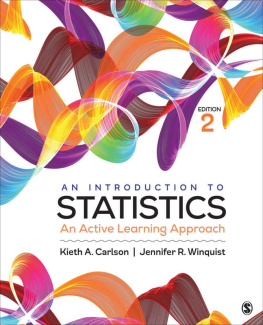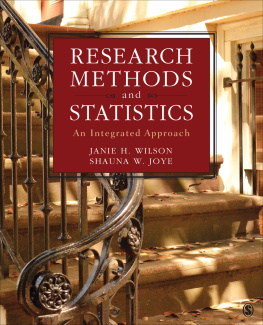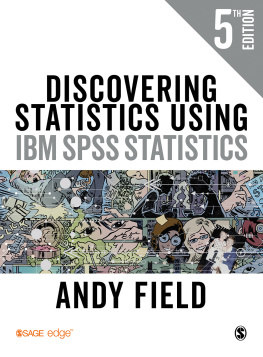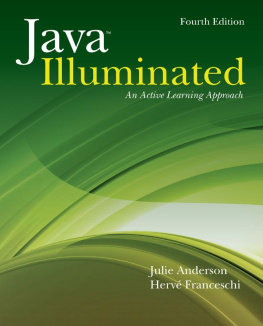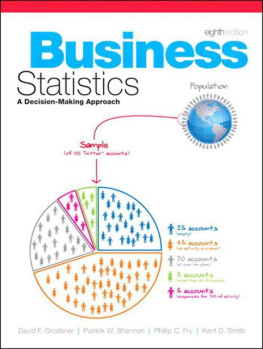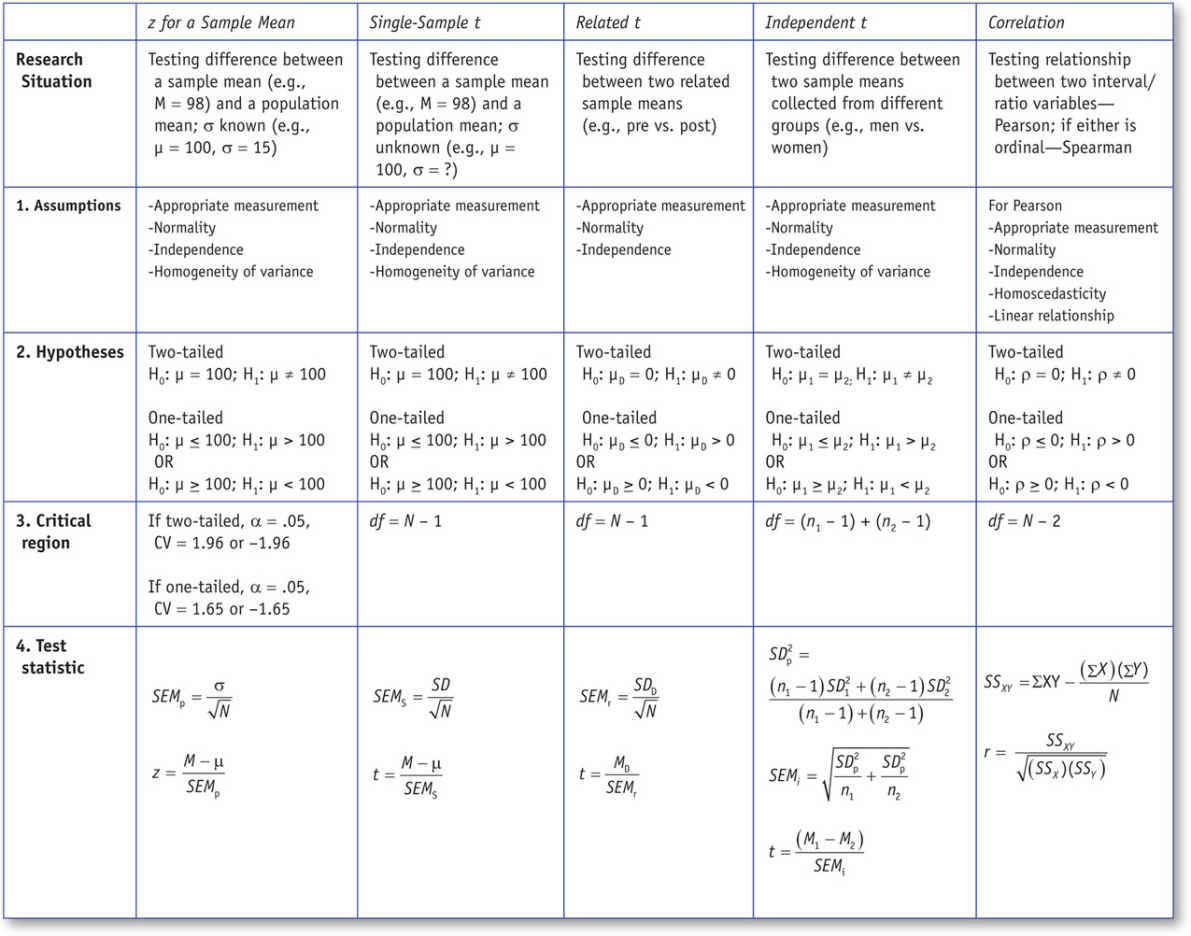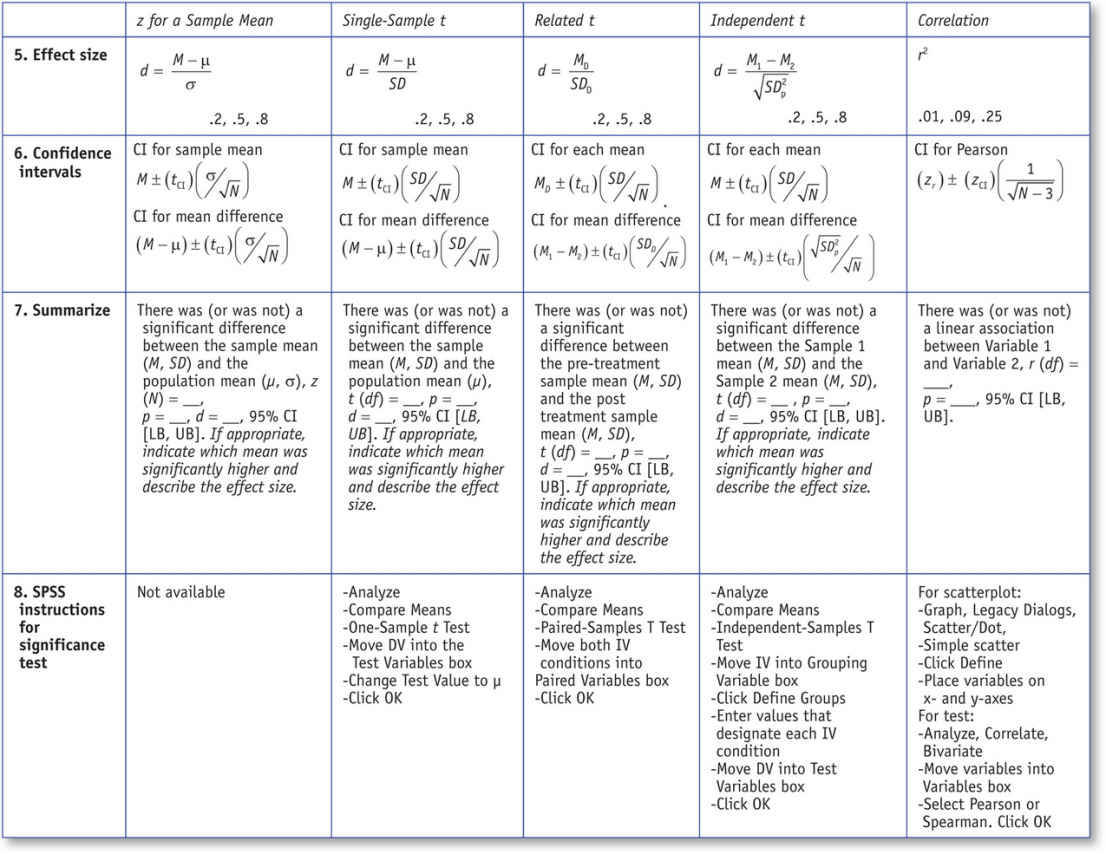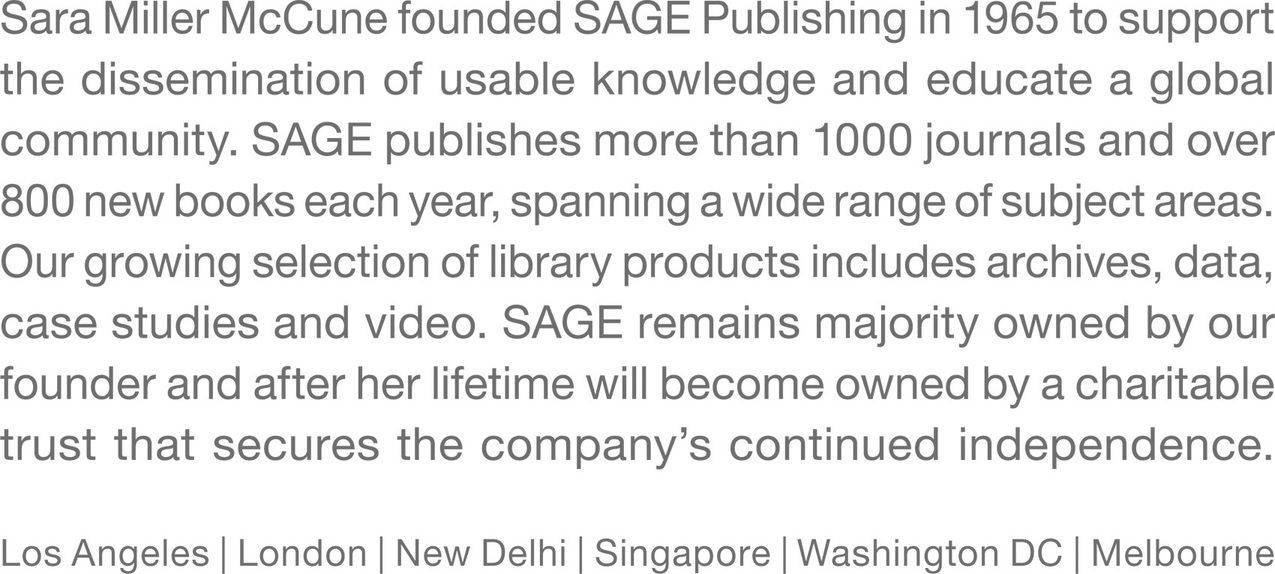Kieth A. Carlson - An Introduction to Statistics: An Active Learning Approach, 2nd Edition
Here you can read online Kieth A. Carlson - An Introduction to Statistics: An Active Learning Approach, 2nd Edition full text of the book (entire story) in english for free. Download pdf and epub, get meaning, cover and reviews about this ebook. year: 2017, publisher: SAGE Publications, Inc, genre: Politics. Description of the work, (preface) as well as reviews are available. Best literature library LitArk.com created for fans of good reading and offers a wide selection of genres:
Romance novel
Science fiction
Adventure
Detective
Science
History
Home and family
Prose
Art
Politics
Computer
Non-fiction
Religion
Business
Children
Humor
Choose a favorite category and find really read worthwhile books. Enjoy immersion in the world of imagination, feel the emotions of the characters or learn something new for yourself, make an fascinating discovery.
- Book:An Introduction to Statistics: An Active Learning Approach, 2nd Edition
- Author:
- Publisher:SAGE Publications, Inc
- Genre:
- Year:2017
- Rating:4 / 5
- Favourites:Add to favourites
- Your mark:
An Introduction to Statistics: An Active Learning Approach, 2nd Edition: summary, description and annotation
We offer to read an annotation, description, summary or preface (depends on what the author of the book "An Introduction to Statistics: An Active Learning Approach, 2nd Edition" wrote himself). If you haven't found the necessary information about the book — write in the comments, we will try to find it.
An Introduction to Statistics: An Active Learning Approach, Second Edition by Kieth A. Carlson and Jennifer R. Winquist takes a unique, active approach to teaching and learning introductory statistics that allows students to discover and correct their misunderstandings as chapters progress rather than at their conclusion. Empirically-developed, self-correcting activities reinforce and expand on fundamental concepts, targeting and holding students attention. Based on contemporary memory research, this learner-centered approach leads to better long-term retention through active engagement while generating explanations. Along with carefully placed reading questions, this edition includes learning objectives, realistic research scenarios, practice problems, self-test questions, problem sets, and practice tests to help students become more confident in their ability to perform statistics.
Kieth A. Carlson: author's other books
Who wrote An Introduction to Statistics: An Active Learning Approach, 2nd Edition? Find out the surname, the name of the author of the book and a list of all author's works by series.

